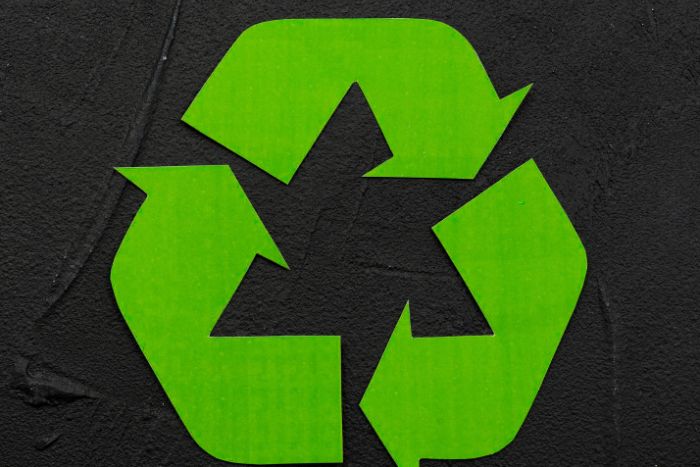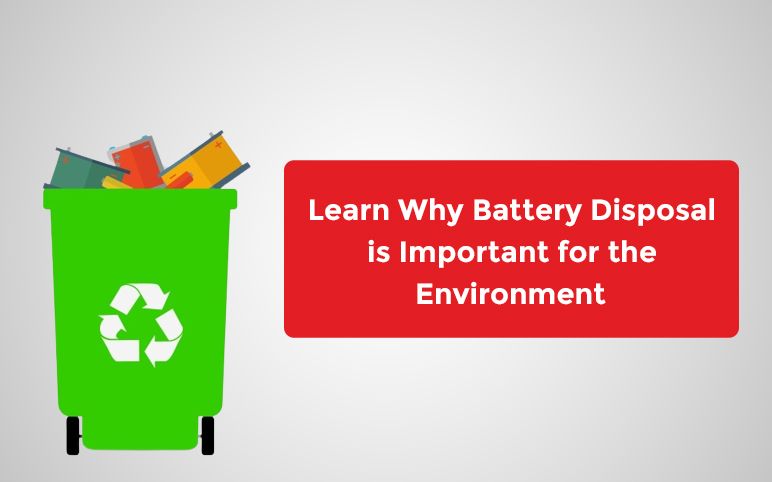There seems to be dramatic growth in battery consumption, and also a battery's development and chronology. The fact that millions and millions of people own technologies that use electricity contributes
to this need. Cell phones, computers, and camcorders are examples of these electronic devices. Our vehicles and electronic devices are powered by batteries, which turn biochemical energy into electricity.
The anode and cathode, which are located on opposing ends of a cell, create an electrical connection that transmits power to an electrical appliance.
Cells should be safely discarded once this electromotive force has been drained; however, millions of cells are thrown away each year by customers. While it may appear that throwing away cells is
innocuous, it can have disastrous effects on ecosystems. Arsenic, arsenic, cobalt, and mercury are among the dangerous, poisonous, and corrosive compounds found in each cell.
If you're interested in learning more about the negative effects cells can have on the planet, here are five facts to consider.
1) Batteries that are improperly dumped lead to water and environmental damage.
Batteries that have been depleted are thrown away and wind up in landfills, where they degrade and leak. When batteries fail, the toxins leak into the earth, and contaminate the surface and groundwater.
When our habitats are contaminated with battery toxins, countless fish and invertebrates are harmed. This indicates that we may be swallowing hazardous metals when we consume from faucet water taps.
Did you know that lithium-ion batteries that have been incorrectly discarded can be extremely unstable? Lithium-ion batteries can start fires in landfills that can burn for decades. As a result, the
harmful compounds discharged into the air, harm human health and contribute to climate change. The vaporized form of poorly exposed cells is also caught in the environment, polluting rivers and ponds as
rain.

2) Batteries that have been improperly discarded have harmful effects on human health.
Lead and powerful corrosive acids inherent in cells can cause a burning sensation and harm to our face and eyes if they are introduced into the air. Batteries contain hazardous metals such as nickel and
arsenic, which are recognized human carcinogens. Any chemical, irradiation, or radioactivity that functions as a cancer-causing agent is referred to as a carcinogen. We risk acquiring malignant
impairments when these substances mix with our land and water. Lead, another dangerous metal contained in cells, has been connected to serious medical difficulties such as cognitive and neurological
impairment, as well as genetic abnormalities.
3) It's simple to recycle batteries.
Battery packs, which are usually made of lead-acid chemicals, can be easily disposed of by taking them to an electronics store and dumping them off. Even cell phone companies and makers allow you to send
your cell phone to be recycled correctly.
ies that can be recharged using natural resources efficiently.
Did you notice that batteries use fewer scarce natural resources than Eneloop batteries (rechargeable NiMH batteries) in the long run? One of the biggest advantages of using battery chargers is that
because they can be recharged, they require fewer batteries to give the same quantity of electricity. As a result, there are fewer resources used in the production process. The economic benefits of using
battery chargers over throwaway cells are another advantage. Because of their renewability, battery packs save cash for the customer.
Tesla Power USA with its battery revival technology gives a second life to any kind of old lead-acid battery. We can rejuvenate almost all types of batteries including automobiles,
inverters, ups, industrial power backups, solar power batteries, forklift batteries, telecom batteries, and any other battery banks. You can visit the nearest
Tesla Power Shop with your old battery and get it revived at just ~15% cost of buying a new battery.






